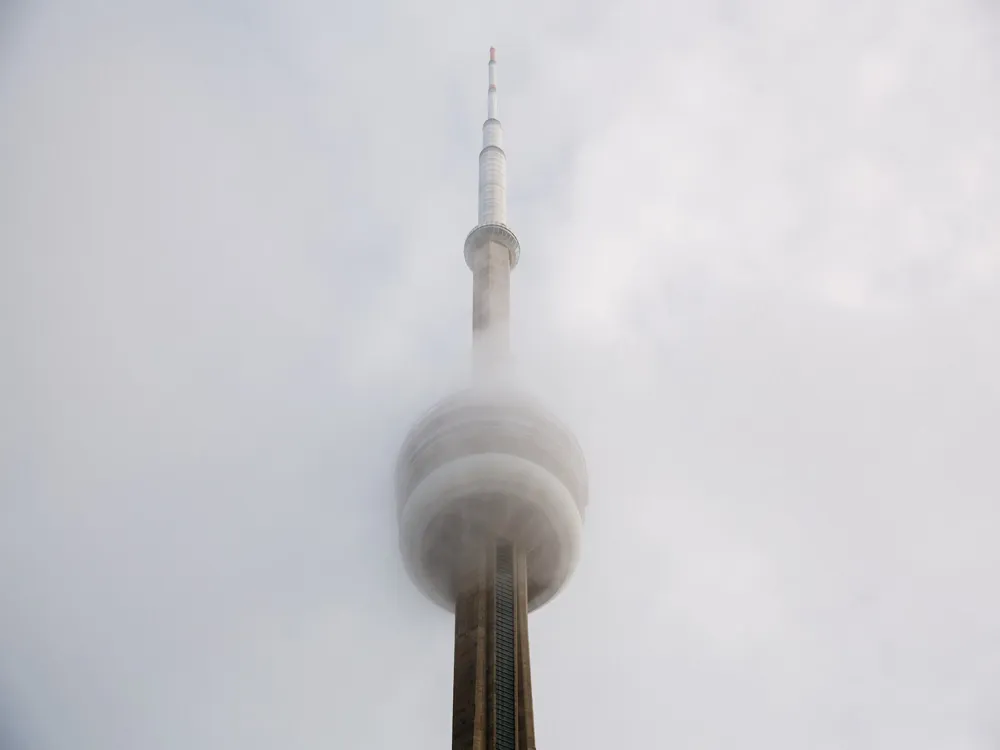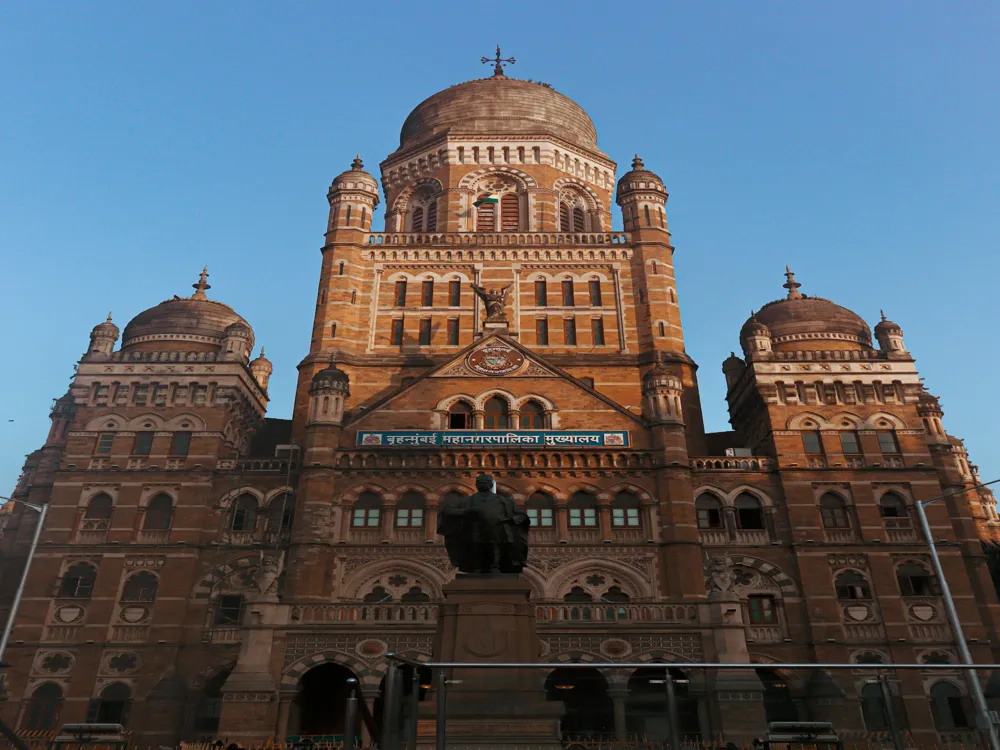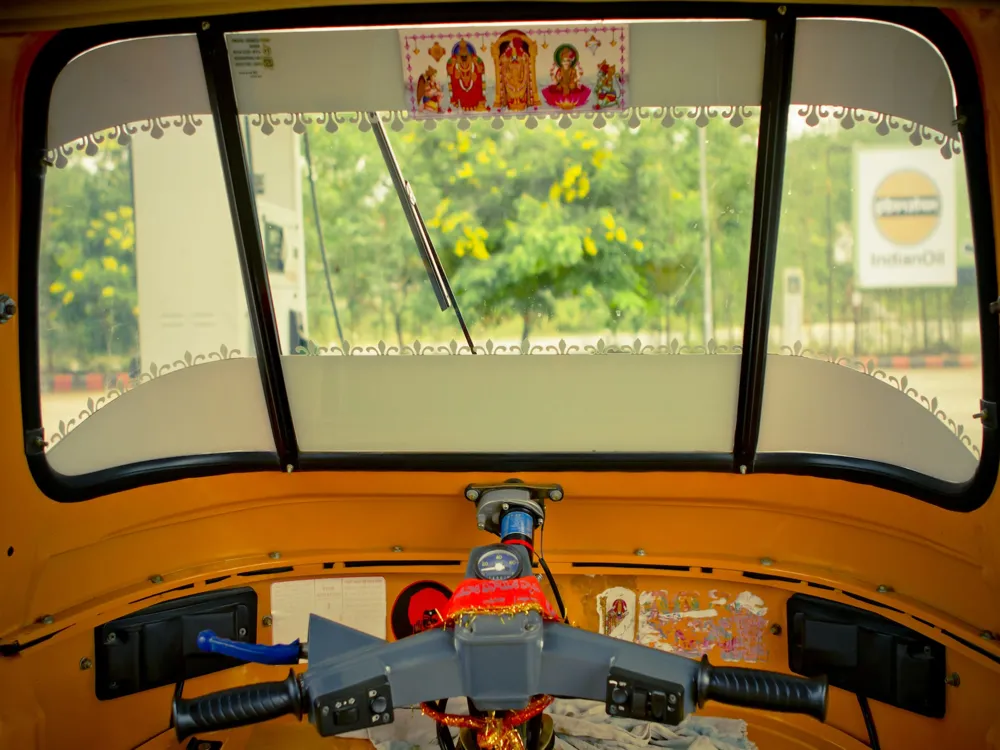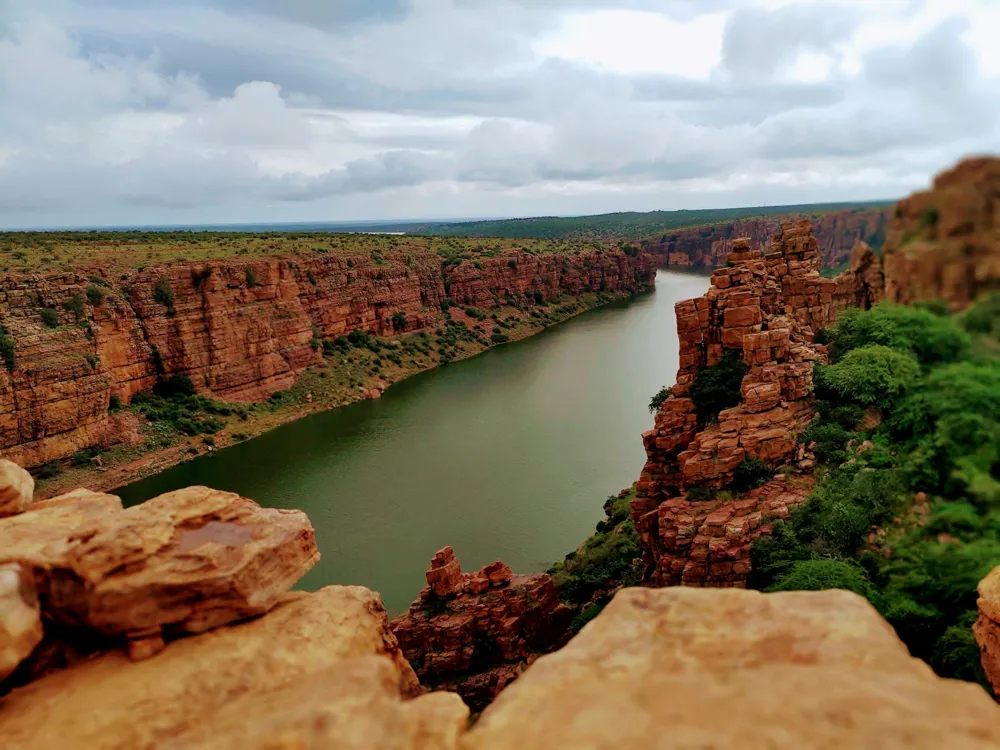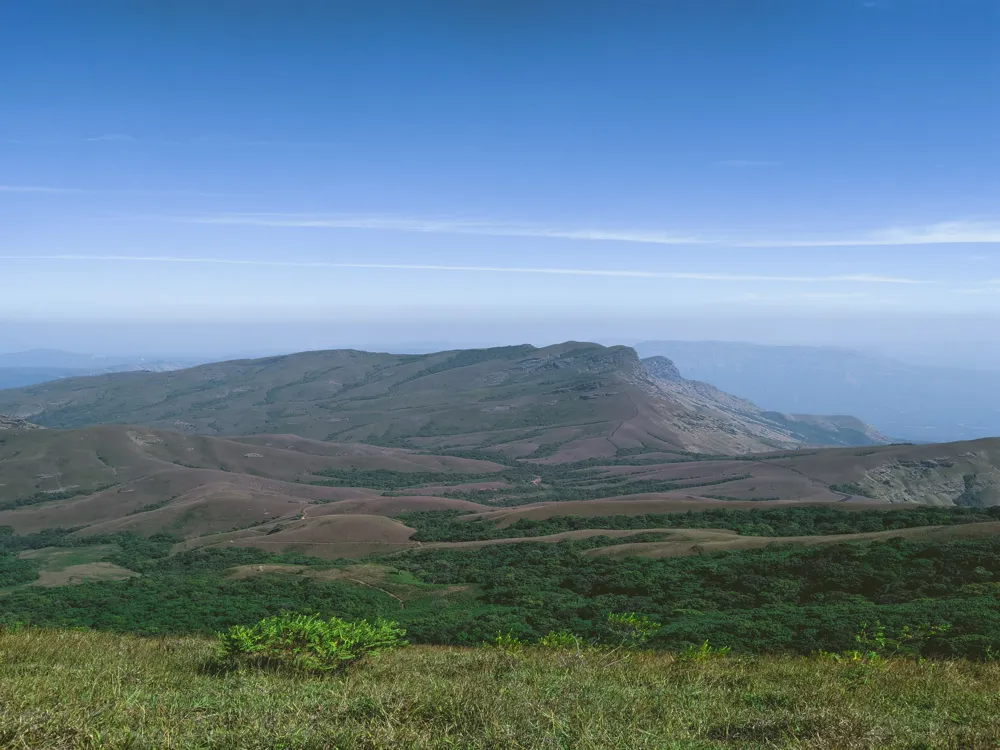Tadipatri, a hidden gem in the Anantapur district of Andhra Pradesh, India, is a town rich in history and cultural heritage. Known for its ancient temples and striking landscapes, Tadipatri offers a unique glimpse into the region's past. This town, though small, holds a significant place in the heart of Andhra Pradesh's history. Its location on the banks of the Penna River adds to its picturesque charm, making it a serene getaway from the hustle and bustle of city life. The history of Tadipatri dates back to the Vijayanagara Empire, with its foundations deeply rooted in the 15th century. This period marked a golden era in South Indian history, and Tadipatri's architecture and culture reflect this rich past. The town is an amalgamation of various cultures and traditions, resulting from centuries of influences from different dynasties and empires. Its people, predominantly Telugu-speaking, are known for their warmth and hospitality, offering a welcoming atmosphere to visitors. Tadipatri's economy primarily revolves around agriculture and industry. The region is known for its fertile land, supporting a variety of crops. In recent years, Tadipatri has seen growth in industries such as textiles and manufacturing, contributing to its economic development. This blend of traditional and modern influences is evident in the town's lifestyle and infrastructure, presenting an interesting mix of old and new. For tourists, Tadipatri offers a plethora of attractions. From its historic temples to scenic natural spots, there is something for everyone. The town's vibrant festivals, rich cuisine, and traditional arts and crafts further enhance the visitor experience, making Tadipatri a must-visit destination for those seeking an authentic taste of Andhra Pradesh's cultural richness. The architecture of Tadipatri is a testament to its historical significance and cultural richness. The town is home to some of the finest examples of Vijayanagara architecture, characterized by intricate carvings, grandiose structures, and detailed artwork. Two of the most notable architectural marvels in Tadipatri are the Chintala Venkataramana Temple and the Bugga Ramalingeswara Temple. The Chintala Venkataramana Temple, dedicated to Lord Vishnu, showcases the exquisite craftsmanship of the Vijayanagara period. Built in the 16th century, this temple stands out for its elaborate carvings depicting scenes from Hindu epics like the Ramayana and Mahabharata. The temple's main gopuram (tower) is an architectural masterpiece, adorned with intricate sculptures and designs. Similarly, the Bugga Ramalingeswara Temple, dedicated to Lord Shiva, is another example of Vijayanagara architecture's grandeur. This temple is unique for its location beside a natural spring, believed to have healing properties. The temple's interior is a harmonious blend of art and spirituality, with its walls and pillars adorned with detailed carvings and inscriptions. Apart from these temples, Tadipatri's streets and old buildings also reflect the architectural styles of the Vijayanagara era. The use of stone in construction, detailed carvings on doorways and windows, and the layout of the town bear witness to a bygone era of architectural excellence. This blend of religious and secular architecture makes Tadipatri a fascinating destination for history buffs and architecture enthusiasts alike. The ideal time to visit Tadipatri is between October and March. During these months, the weather is pleasant, making it conducive for sightseeing and outdoor activities. Summers can be quite hot, and monsoons, though beautiful, might hamper travel plans due to heavy rains. Tadipatri's cuisine is a delightful experience for food lovers. Local dishes are predominantly South Indian, with a focus on rice, lentils, and spices. Do try the famous Andhra biryani, dosas, and sweets like Pootharekulu. Local eateries and street vendors offer an authentic taste of Andhra cuisine. From budget-friendly hotels to luxurious resorts, Tadipatri offers a range of accommodation options. Visitors can choose based on their preferences and budget. Many hotels are located near major tourist attractions, providing easy access and convenience. Tadipatri is well-connected by road and rail. The town has a good network of buses and taxis for local travel. For a more authentic experience, try the auto-rickshaws. When traveling to nearby attractions, hiring a taxi for the day can be a convenient option. When visiting temples and religious sites, it's important to dress modestly and respect local customs. Removing footwear before entering temples is a common practice. Also, be mindful of photography restrictions in certain areas. Reaching Tadipatri is convenient, as the town is well-connected to major cities in Andhra Pradesh and neighboring states. The nearest airport is in Tirupati, about 250 kilometers away. Tadipatri has its own railway station, making it accessible by train from various parts of the country. By road, Tadipatri is connected through state highways and the national highway network, with regular bus services from major cities like Hyderabad, Bangalore, and Chennai. For a more personalized journey, visitors can opt for car rentals or taxi services from nearby cities. Read More:Overview of Tadipatri in Anantapur, Andhra Pradesh
Architecture of Tadipatri
Tips When Visiting Tadipatri
Best Time to Visit
Local Cuisine and Dining
Accommodation Options
Transportation Tips
Cultural Etiquette
How To Reach Tadipatri
Tadipatri
Anantapur
Andhra Pradesh
NaN onwards
View anantapur Packages
Weather :
Tags : Town
Timings : 24 Hours
Time Required : 1 Day
Entry Fee : No Entry Fee
Planning a Trip? Ask Your Question
Anantapur Travel Packages
View All Packages For Anantapur
Top Hotel Collections for Anantapur

Private Pool

Luxury Hotels

5-Star Hotels

Pet Friendly
Top Hotels Near Anantapur
Other Top Ranking Places In Anantapur
View All Places To Visit In anantapur
Faq on Anantapur
What is Tadipatri known for?
Tadipatri is renowned for its exquisite temples, including the Chintala Venkataramana Temple and the Bugga Ramalingeswara Swamy temple, which showcase brilliant Vijayanagara architectural style.
How do I get to Tadipatri?
Tadipatri is well-connected by road and rail. The nearest airport is in Tirupati, about 250 km away. Tadipatri railway station is on the Guntakal-Chennai line, making it accessible by train from major cities.
Can you tell me about the architecture of Tadipatri’s temples?
Tadipatri’s temples are excellent examples of Vijayanagara architectural style, characterized by intricate carvings, towering gopurams, and grand pillared halls. Notably, the stonework and the narrative sculptures depict stories from Hindu mythology.
Are there any festivals specific to Tadipatri?
Like many parts of Andhra Pradesh, Tadipatri celebrates traditional Hindu festivals with fervor, including Sankranti, Diwali, and Navratri. Specific temple festivals also draw large crowds, highlighting unique local rituals and cultural performances.
What are the accommodation options in Tadipatri?
Tadipatri offers a range of accommodation options from budget stays to mid-range hotels. While luxury options may be limited, the hospitality is warm and welcoming.
View anantapur Packages
Weather :
Tags : Town
Timings : 24 Hours
Time Required : 1 Day
Entry Fee : No Entry Fee
Planning a Trip? Ask Your Question
Anantapur Travel Packages
View All Packages For Anantapur
Top Hotel Collections for Anantapur

Private Pool

Luxury Hotels

5-Star Hotels

Pet Friendly
Top Hotels Near Anantapur
Other Top Ranking Places In Anantapur
Faq on Anantapur
What is Tadipatri known for?
Tadipatri is renowned for its exquisite temples, including the Chintala Venkataramana Temple and the Bugga Ramalingeswara Swamy temple, which showcase brilliant Vijayanagara architectural style.
How do I get to Tadipatri?
Tadipatri is well-connected by road and rail. The nearest airport is in Tirupati, about 250 km away. Tadipatri railway station is on the Guntakal-Chennai line, making it accessible by train from major cities.
Can you tell me about the architecture of Tadipatri’s temples?
Tadipatri’s temples are excellent examples of Vijayanagara architectural style, characterized by intricate carvings, towering gopurams, and grand pillared halls. Notably, the stonework and the narrative sculptures depict stories from Hindu mythology.
Are there any festivals specific to Tadipatri?
Like many parts of Andhra Pradesh, Tadipatri celebrates traditional Hindu festivals with fervor, including Sankranti, Diwali, and Navratri. Specific temple festivals also draw large crowds, highlighting unique local rituals and cultural performances.
What are the accommodation options in Tadipatri?
Tadipatri offers a range of accommodation options from budget stays to mid-range hotels. While luxury options may be limited, the hospitality is warm and welcoming.







